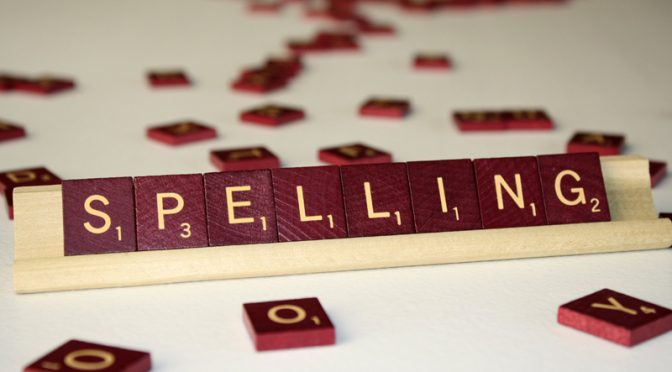Many children struggle with spelling. This is a common cause of poor performance on school tests. While some kids merely memorize words, others may find it nearly impossible to learn spelling in the first place because they don’t have a learning strategy. Thus, to improve the child’s spelling, parents must devote extra time at home and make efforts to identify more effective learning techniques.
The Need To Spell Correctly
Knowing how to spell different words correctly can improve the child’s reading and writing skills. It not only enables him to remember the sequence of letters in a word; it helps to understand how a word is pronounced and written. This enables less stammering and a higher level of confidence, opening the door to better grades.
Ways To Teach Spelling
There is no fixed rule for teaching a child to spell. Parents should try a variety of methods to determine those that work the best. Listed below are some ways that can help to improve your child’s spelling:
- Encourage to read
A good reader has a better visual memory. Reading out loud can help the child to be familiar with how the words look and sound. Both visual and auditory senses are helpful in improving word recognition and reducing spelling mistakes.
- Use a dictionary
The child should be encouraged to use a dictionary to look for various words and their spellings. Parents, however, should not let the child be completely dependent on a dictionary. They should first ask him to attempt to spell the word. Then, let him check the spelling in the dictionary and correct his mistakes.
- Create Flash cards
Flash cards are a great method to improve your child’s spelling by helping develop his memory. Write the words he finds difficult on these cards. Pin them on the notice board in his room or stick them on the wall so he can see them frequently. She may also carry the cards to school and review them while eating or walking.
- Write On A Chalk Board
Hang a small chalk board in your kid’s room and start a ‘one day, one word’ rule to learn difficult spellings. Write a new word on the chalk board every day and use colored chalks to highlight the silent letters and confusing parts of the words such as ‘ie’, ‘ei’ etc.
- Prepare A List
Help your child to prepare a list of words that he finds difficult to spell. New words may be added every day and let him revise what he has already learned. Set new goals with your child each day and help him to achieve them. Have discussions about new words, make sentences and link them with hints to improve his memory.
- Spelling And Vocabulary Quick Reference Guide
This guide helps the child to understand the word patterns in a better way. It features a number of commonly misspelled words and a list of homophones with their meanings. The guide also contains information about nouns, pronouns, verbs etc. which helps the child to develop a rich vocabulary and lower his spelling mistakes.
See-N-Spell™ is a spelling and vocabulary reference booklet offered by See-N-Read® Reading Tools. It can help to improve academic vocabulary and reduce misspelling. For more information about the reading tool, you can go to or call at (630) 236 – 5592.

